At Fabbrica delle Candele in Forlì, at the end of April, the fourth edition of Ibrida, an international festival dedicated to the intermediate arts, took place. Since the beginning in 2015, the exhibition aims to investigate and disseminate recent productions and research in the experimental audiovisual field, in which performance art and electronic music combined with video experimentation are also grafted in a completely natural way. One of the basic principles of Ibrida is to support the work of established artists with those of new talents, selected through a call spread on the web and in dedicated social networks. The event was an important opportunity for comparison and discovery that also allowed a general public to view material that usually only circulates in underground circuits and among the experts. In addition to a rich video schedule, different for each of the three days in which the event developed and divided into two screening rooms based on thematic affinity, the evenings were animated by live performances always marked by the contamination between creative languages.
After following the event, we interviewed the artistic directors Francesca Leoni and Davide Mastrangelo to learn a little more.
Bringing contemporary art – especially in its most immaterial forms such as video, sound and performance – in a small provincial town is a challenge of all respect. Would you like to tell us how this project was born and what welcome it received from your fellow citizens?
Ibrida Festival stems from the desire to spread the culture and knowledge of video art and performance art, under the distinctive sign of hybridization. As we were both artists we felt the need to create a space open to the public where these languages could be inserted: a showcase for this “form of immaterial art” (to paraphrase your question), which still remains on the margins of our country. Why Forlì? Meanwhile, because we live here, despite the work constantly pushes us out, but this is not enough. The province has many flaws and many advantages, such as the immediacy of communication with institutions. In addition, Forlì has proved to be a very active city on a cultural level, offering various events related to the contemporary. Just think of the presence of the Crisalide Festival of Masque Teatro or Ipercorpo, in addition to other festivals dedicated to the audiovisual sector in its most classic forms such as the short film or the documentary. In our opinion, something was missing, not just in the city, but also outside, linked to the 360 ° experimental audiovisual: with installations, meetings, live performances and exhibitions. So we took our first step creating a one-day happening, “ReAzione” to try and understand if the public could be interested. After the second year, we realized that the soil was fertile to create a much more articulated and structured event, to which we gave the name “Ibrida, Festival of Intermediate Arts”.
As for the response of the territory, we are growing every year, with an attentive and sensitive public, so we believe it is positive. We like to think of Ibrida as a kind of large “living room” where those who are able to freely enjoy the projection rooms, installations, inter-media performances and get to know the artists, with a view to exchange ideas face to face. In short, the public is, in a sense, cultivated and grown, but this we believe holds true for any type of Festival.
What do you think are the strengths of the event and what aspects are still to be improved?
The strengths are the artists themselves who support us every year with their sensitivity by offering us new works and stimulating performances. The active collaboration with Piero Deggiovanni, who accompanies us since the first edition with his critical look and his unique research on post internet art. Our determination to carry out an increasingly complex and ambitious project. Furthermore, since last year we have decided to include a space dedicated to a great contemporary artist who works with the audiovisual sector. This year the choice fell on Melanie Smith, a renowned artist who has exhibited in major museums around the world such as the Tate Modern and the MoMa. We were very pleased that she agreed to send her Parres Trilogy to Ibrida Festival and above all that she appreciated our project. The previous year we also had a video of Regina Josè Galindo, another video performer working internationally.
There is always so much to improve, especially when the level of the proposed offer rises. First of all, to find a place even more suitable for the growth of the Festival, then we want to further strengthen the relationship with the city, that is, to bring Ibrida out of the physical boundaries of the Festival itself by invading the streets and the squares, thus reaching all those people who would never come close to this kind of language, creating something unexpected.
This year Ibrida has been enriched by the critical contribution of Piero Deggiovanni, professor of the Academy of Fine Arts of Bologna. What kind of collaboration has been established?
Piero has been with us since the first edition. His presence was fundamental for the birth of the Festival as a critic, consultant and friend. To him we have entrusted the curating of several sections of Italian video art and one of post internet art. With him we discuss the latest trends and research in the contemporary audiovisual sector all year round.
The annual call with which you recruit artists allows you to access audiovisual materials from all over the world. Based on the proposals you received, what do you think are the stylistic and thematic trends of the video art of the Zero years?
The call was a novelty last year that we decided to keep. This year more than 460 jobs arrived from all over the world. We have noticed that some languages are more used in some countries than others. As well as the presence of works that reflect on themes of immediate current relevance. The female artists, for example, tend to reflect more on issues related to their bodies and the relationship with society and its codes. There are many works of animation or reinterpretation of reality through the digital codification and decoding of the image. In some South American countries the political question is very much felt, while in northern Europe they are more analytical and work more on the audiovisual codes. The fundamental characteristic of the last few years is certainly the hybridization of languages, this applies almost to all the selected artists. Once many video artists were mainly visual artists from the contemporary art world, but today most of them come from other disciplines, such as performance art, experimental cinema, dance, theater, documentary, animation and so on. Hybridization is the true trend of recent years.
What are currently the most promising young Italian artists in this field?
We could name a few, but being the artistic directors of the Festival we don’t want to exclude anyone. We leave this work to critics. One thing we can say, certainly all those we have presented and will present at Hybrid.
The live performances that have taken place during the three evenings have presented the public with a sampling of possibilities of hybridization between different audiovisual languages. How did you choose the artists and what form of dialogue did you establish with them?
During the year, despite the open call, we do not stop working for the Festival. We attend other events, we go to see different exhibitions and we observe the selections of different international Festivals. It is impossible to carry out a contemporary Festival without study and research. Obviously we listen to the opinion of artists and experts, who suggest us and indicate us some works. We try to identify with care the performers and musicians who could present live performances and, at times, invite them to develop a work “ad hoc” for Ibrida. Some, on the other hand, send us their project always through the open call. Finally: the view of the territory is fundamental, Romagna is a land rich in artists of the highest level in the context of the contemporary, both at a performative and musical level.
Info:
 Francesca Leoni e Davide Mastrangelo, direttori artistici di Ibrida Festival
Francesca Leoni e Davide Mastrangelo, direttori artistici di Ibrida Festival
 Dúctiles Stillframe 2
Dúctiles Stillframe 2
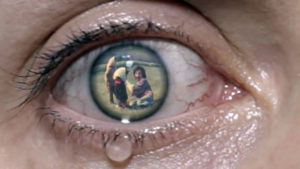 DUst Grains, Elisabetta Di Sopra
DUst Grains, Elisabetta Di Sopra
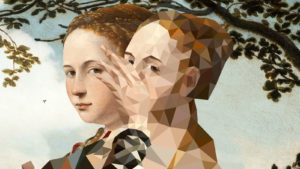 Francesca Fini, Skinned
Francesca Fini, Skinned
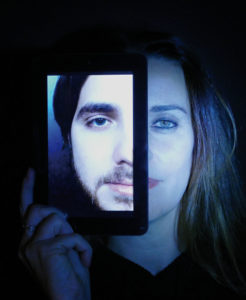 Francesca Leoni e Davide Mastrangelo
Francesca Leoni e Davide Mastrangelo
 Golden Light, Blond Readhead – Virgilio Villoresi, 2016
Golden Light, Blond Readhead – Virgilio Villoresi, 2016
 Luca Maria Baldini – Ibrida festival
Luca Maria Baldini – Ibrida festival
Graduated in art history at DAMS in Bologna, city where she continued to live and work, she specialized in Siena with Enrico Crispolti. Curious and attentive to the becoming of the contemporary, she believes in the power of art to make life more interesting and she loves to explore its latest trends through dialogue with artists, curators and gallery owners. She considers writing a form of reasoning and analysis that reconstructs the connection between the artist’s creative path and the surrounding context.


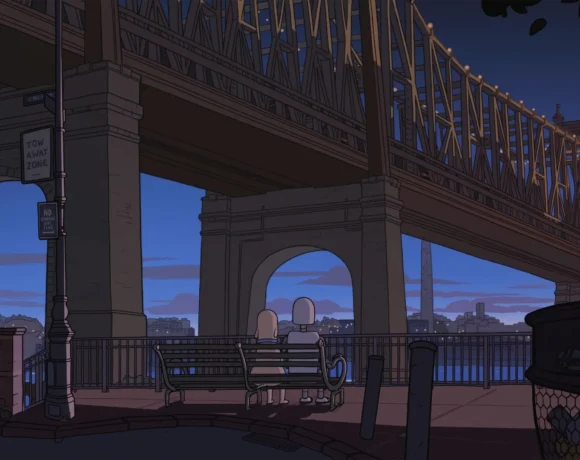
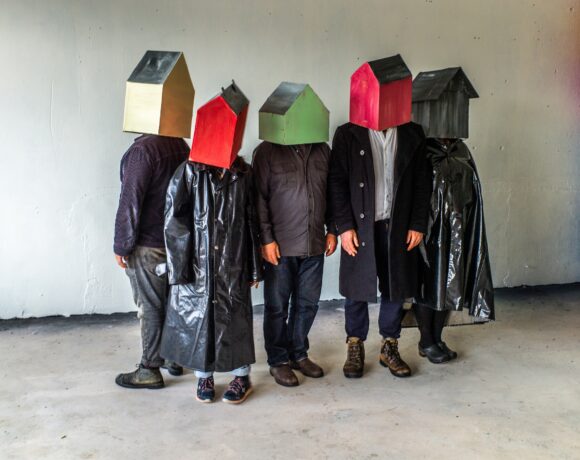
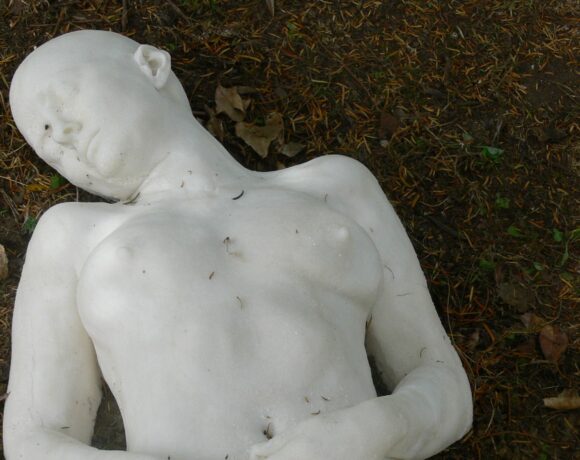

NO COMMENT